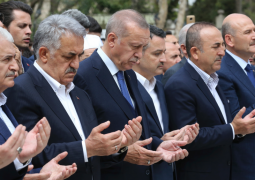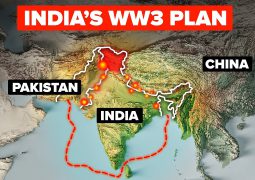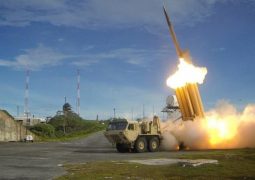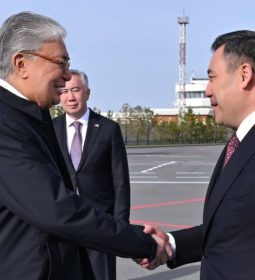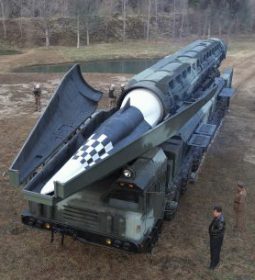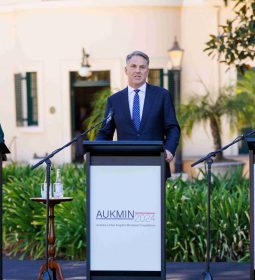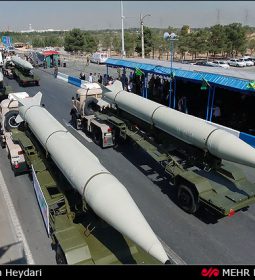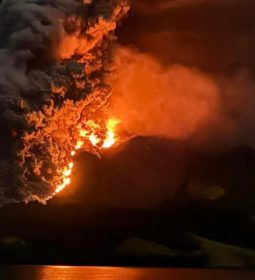Under U.S. plan, Afghans may get Black Hawks to replace Russian aircraft
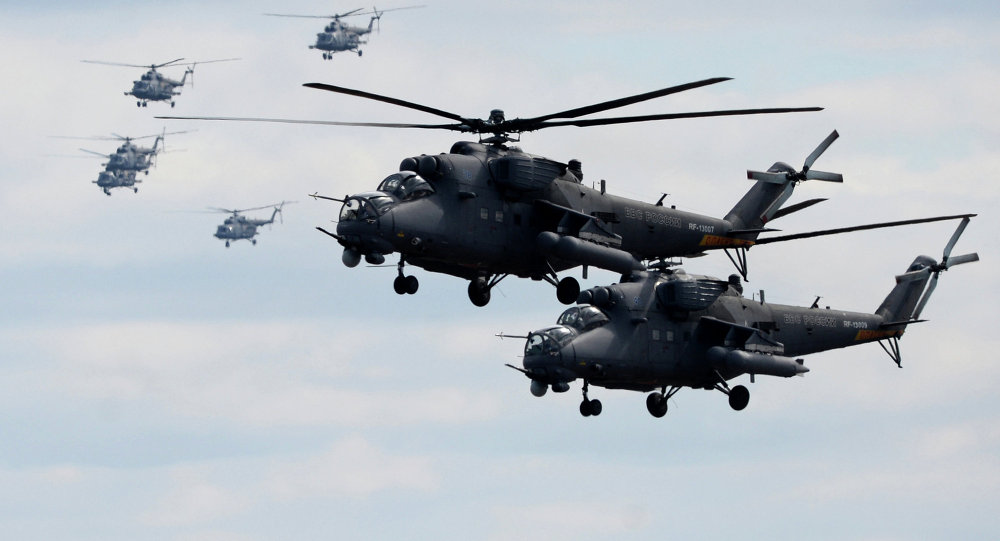
The U.S. military wants to replace Afghanistan’s well-worn fleet of Russian helicopters with American-made aircraft, according to a new budget proposal, a decision aimed at reducing the Afghan air force’s decades-long reliance on Russian equipment.
The Afghan air force, trained and assisted by NATO advisers, has slowly gained strength, but remains too small to meet the needs of security forces struggling to combat a stubborn Taliban insurgency.
Now the U.S. Defence Department is requesting funding to refurbish and update 53 older-model U.S. military UH-60 Black Hawk helicopters for the Afghans, enough to replace the current fleet of Russian-designed Mi-17 helicopters.
Donald Trump’s victory in the U.S. presidential election, and the prospect of warmer U.S.-Russian ties, could yet impact the proposed move, but were it to go through, it would cost hundreds of millions of dollars and require retraining potentially hundreds of Afghan pilots to fly the new craft.
Roughly 50 Mi-17 transport helicopters form the backbone of the air force, flying missions including troop and supply transport, medical evacuation and close air support.
Heavy fighting, hard conditions and maintenance problems have taken their toll on the fleet, however, and the U.S. military has faced legal barriers to providing new Mi-17s and parts amid deteriorating relations with Russia.
“The Department of Defence has determined that procuring U.S.-made helicopters is a more sustainable long-term solution to meet the requirements,” spokesman Adam Stump said.
Among the reasons were “legal restrictions on spending DoD funds to maintain or buy more Russian helicopters.”
NEW FUNDING REQUESTED
The $814 million request, made in a budget amendment submitted this month, would also provide money for other new attack aircraft for the Afghans.
It would help push the total funding for Afghan security forces to $4.2 billion for 2017, surpassing the $1.2 billion requested for arming and supporting local forces in Iraq and Syria.
Under the proposal, UH-60A helicopters earmarked for the Afghans would be taken from the U.S. Army’s inventory and upgraded to a UH-60A+ variant, which Stump said was “suitable for the challenging Afghanistan environment.”
Military planners hope to begin fielding the Black Hawks in Afghanistan, already a common sight during America’s 15-year war there, within two years of Congress approving funding, he added.
The budget also requests funding for 30 additional armed MD-530 attack helicopters, six A-29 fixed wing close attack aircraft and five AC-208 aircraft for the Afghan air force.
Altogether, the military may order as many as 159 Black Hawks for the Afghans, said U.S. Senator Richard Blumenthal, who represents Connecticut, home of the helicopter’s manufacturer Sikorsky, and other lawmakers in a statement.
Of roughly 3,000 Black Hawks in use in the world, the U.S. Army operates at least 2,300, according to Sikorsky Aircraft Corporation, which was acquired by military aviation giant Lockheed Martin last year.
Afghan officials in Kabul said they had yet to be officially informed of any decision, but would welcome Black Hawks.
“They have been tested in Afghanistan and can support our forces on the ground,” said Mohammad Radmanish, a spokesman for the Afghan Defence Ministry.
Russia’s state-owned Rostec, parent company of the main Russian military helicopter manufacturer, and Rosoboronexport, the Russian state arms export agency, declined to comment, as did the Federal Service for Military-Technical Cooperation, which is the state regulator for arms exports.
RETRAINING
Since 2010, the United States has provided at least $3.7 billion to develop and support the Afghan air force, which has struggled to field enough trained crews to operate its aircraft.
Stump said there were now enough personnel. But switching to more complex Black Hawks would require retraining potentially hundreds of pilots, crew chiefs, and maintenance workers.
Captain Jason Smith, a spokesman for the coalition training wing in Kabul, said the military mission was still waiting for a decision from Congress, but “stands ready to work with our Afghan Air Force counterparts no matter what recapitalization looks like once approved.”
While many vehicles, aircraft, and weapons provided to Afghan security forces by the United States are American-made, military officials originally favored the Mi-17 because Afghan pilots and mechanics were already familiar with it.
That decision was made at a time when the United States and Russia were cooperating on a range of Afghanistan-related issues, including a major supply route for the NATO coalition in and out of the country.
Since then the relationship has soured over conflicts in Syria and Ukraine.
Under pressure from Congress in 2013, the Pentagon scrapped a plan to spend more than $1 billion on new Mi-17s, and in 2014 President Barack Obama issued formal restrictions on doing business with Russian arms manufacturers.
With the U.S. military’s endorsement, India has been involved in helping provide a handful of Russian helicopters to Afghanistan, but the Pentagon’s decision would almost entirely supplant the Afghans’ Russian aircraft.
While incoming president Trump campaigned on promises of protecting American manufacturing jobs, he has also signaled a desire to repair relations with Russia.
“Given President-Elect Donald Trump’s desire to improve relations with Moscow, the Mi-17s could be making their return not too far down the road,” said Michael Kugelman, an analyst with the Woodrow Wilson Center in Washington, D.C.
While Mi-17s represent one of the most visible signs of ties between Russia and Afghanistan, Kugelman said the impact of a switch to Black Hawks would be limited, with Moscow looking at other potential arms deals and back-channel outreach to the Taliban.
(Additional reporting by Gleb Stolyarov in MOSCOW; Editing by Mike Collett-White)
- Previous De Lima called the shots in Dayan-Kerwin meetings
- Next Aung San Suu Kyi Calls Off Trip as Pressure Grows Over Rohingya Muslims



